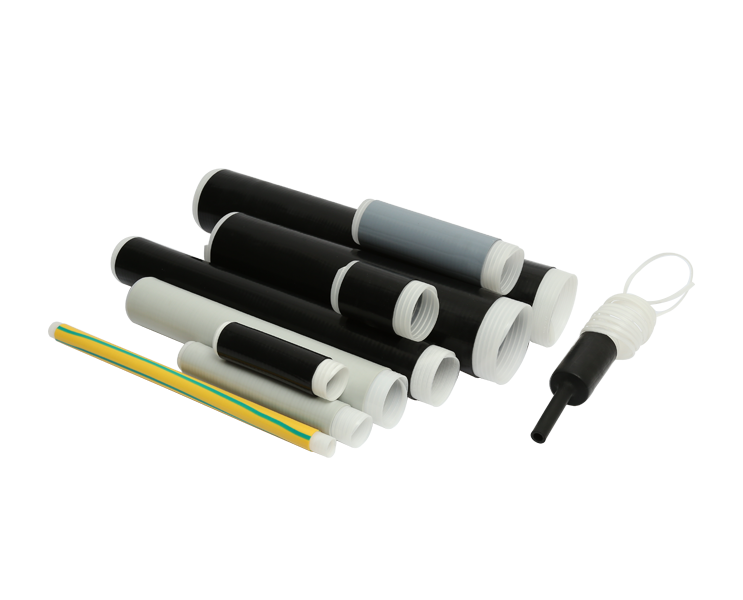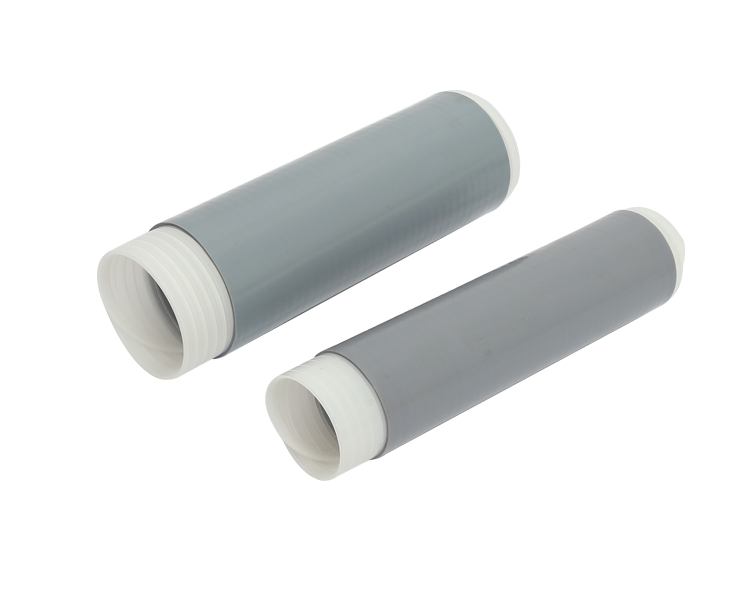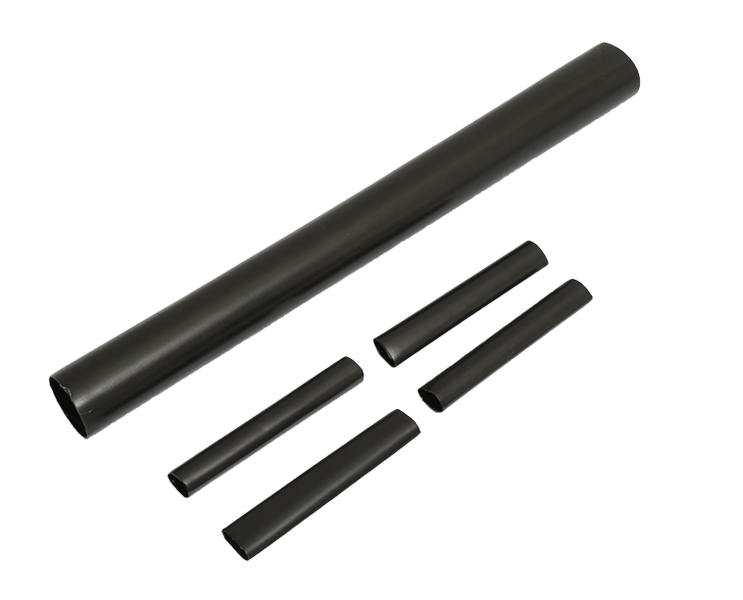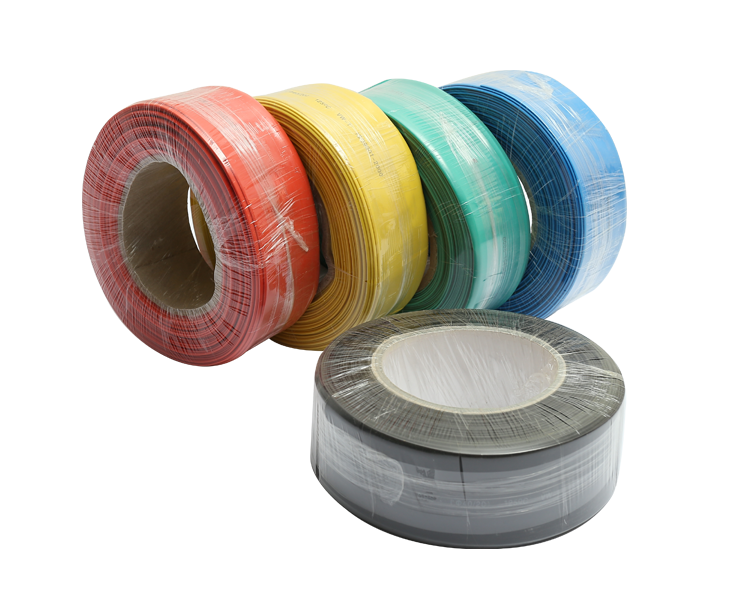In the world of electrical engineering and power transmission, XLPE cable couplings have emerged as indispensable components. These cutting-edge couplings, made from cross-linked polyethylene (XLPE), possess a remarkable array of features that make them a preferred choice for various applications in the modern era. This article delves into the characteristics and diverse applications of XLPE cable couplings, shedding light on their pivotal role in the electrical industry.
Understanding XLPE Cable Couplings
Composition and Structure: XLPE cable couplings are constructed from a specialized form of polyethylene known as cross-linked polyethylene or XLPE. The XLPE material is created through a chemical process that enhances its thermal and electrical properties, making it ideal for cable coupling applications. The coupling itself is designed to connect two or more cables securely, ensuring uninterrupted power transmission. Insulating Properties: One of the standout features of XLPE cable couplings is their exceptional insulating properties. XLPE is renowned for its high dielectric strength, which minimizes the risk of electrical breakdown. This property is crucial in high-voltage applications, where maintaining insulation integrity is paramount. Thermal Resistance: XLPE cable couplings exhibit remarkable thermal resistance, allowing them to withstand high temperatures without degrading. This property is particularly valuable in environments where cables may be exposed to elevated temperatures during operation. Mechanical Strength: XLPE cable couplings are built to endure mechanical stresses and strains. They possess excellent tensile strength and can withstand bending, twisting, and other mechanical forces without compromising their performance.
Features of XLPE Cable Couplings
Low Water Absorption: XLPE's low water absorption rate is a critical feature for cable couplings. Unlike some other materials, XLPE does not absorb moisture, preventing the formation of water trees and maintaining the integrity of the insulation over time. Chemical Resistance: These couplings offer exceptional resistance to a wide range of chemicals, making them suitable for use in harsh industrial environments where exposure to corrosive substances is a concern. UV Resistance: XLPE cable couplings are UV-resistant, ensuring that they can be used outdoors without degradation due to prolonged exposure to sunlight. Longevity: XLPE cable couplings are known for their long service life, which translates to reduced maintenance and replacement costs over the years.
Applications of XLPE Cable Couplings
Power Distribution: In the realm of power distribution, XLPE cable couplings play a pivotal role in connecting and extending electrical circuits. Their high insulating properties and robust design make them suitable for both overhead and underground power distribution networks. Renewable Energy: As the world shifts towards cleaner and more sustainable energy sources, XLPE cable couplings are used extensively in renewable energy projects. They connect solar panels, wind turbines, and other green energy sources to the power grid, ensuring efficient energy transfer. Industrial Applications: XLPE cable couplings find extensive use in industrial settings, where they connect machinery, equipment, and control systems. Their resistance to chemicals and mechanical stress makes them ideal for demanding manufacturing environments.
Marine and Offshore: In the maritime and offshore industries, XLPE cable couplings are crucial for powering ships, offshore platforms, and underwater equipment. Their resistance to moisture, corrosion, and extreme temperatures makes them a reliable choice in these challenging environments. Transportation: XLPE cable couplings are employed in various transportation systems, including railways, airports, and electric vehicles. They facilitate the efficient transmission of power to locomotives, airport infrastructure, and electric buses. Telecommunications: In the field of telecommunications, XLPE cable couplings enable the transmission of data and power in fiber optic and coaxial cable networks. Their insulating properties ensure signal integrity and minimize interference.
Conclusion
In conclusion, XLPE cable couplings stand as a testament to the advancements in materials science and engineering. Their exceptional insulating properties, resistance to various environmental factors, and mechanical robustness make them a cornerstone of modern electrical systems. From power distribution and renewable energy to industrial applications and telecommunications, XLPE cable couplings continue to play a vital role in enabling efficient and reliable electrical connections. As technology evolves, we can expect these couplings to further enhance their features and broaden their applications, contributing to a more connected and electrified world.

 English
English 简体中文
简体中文



